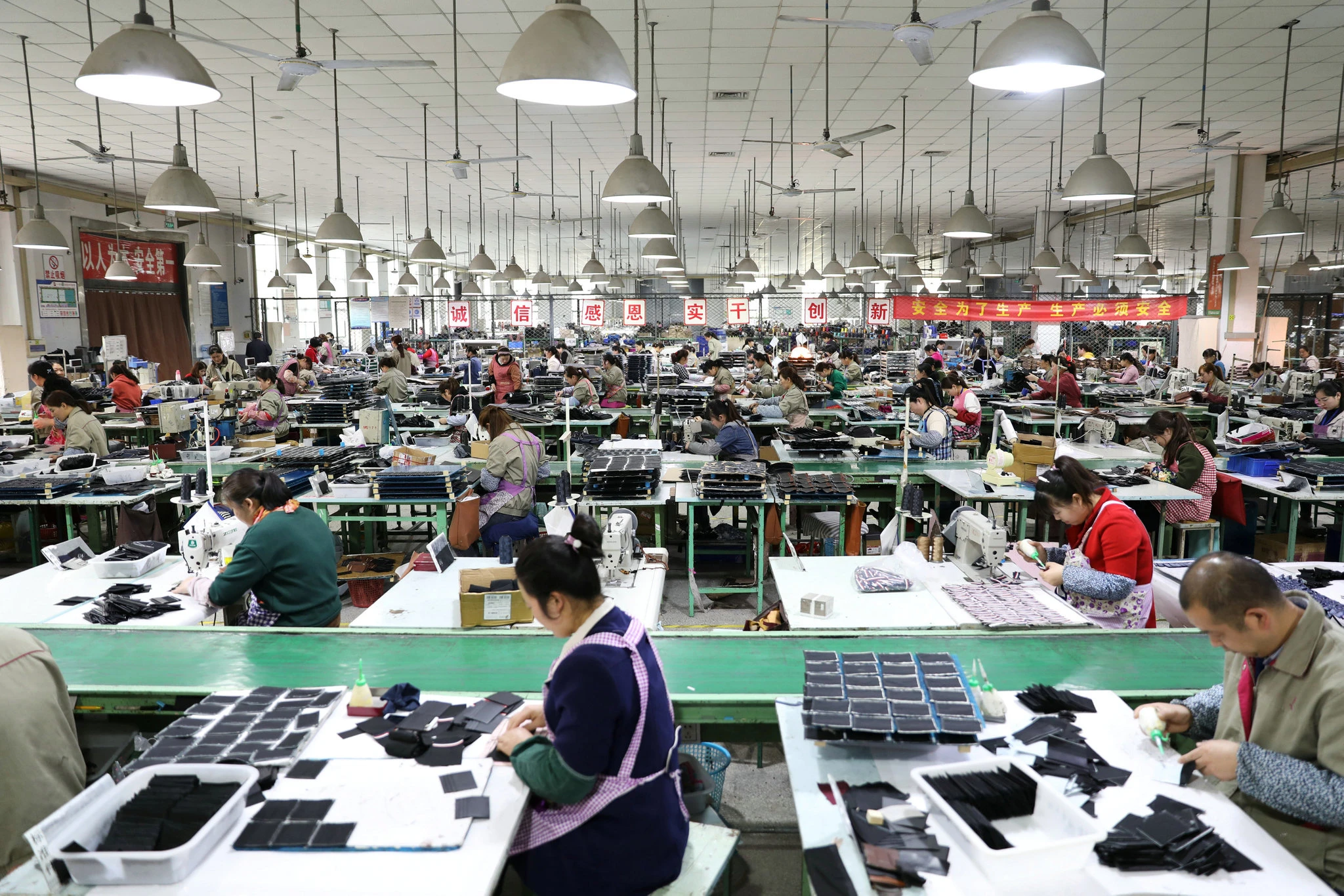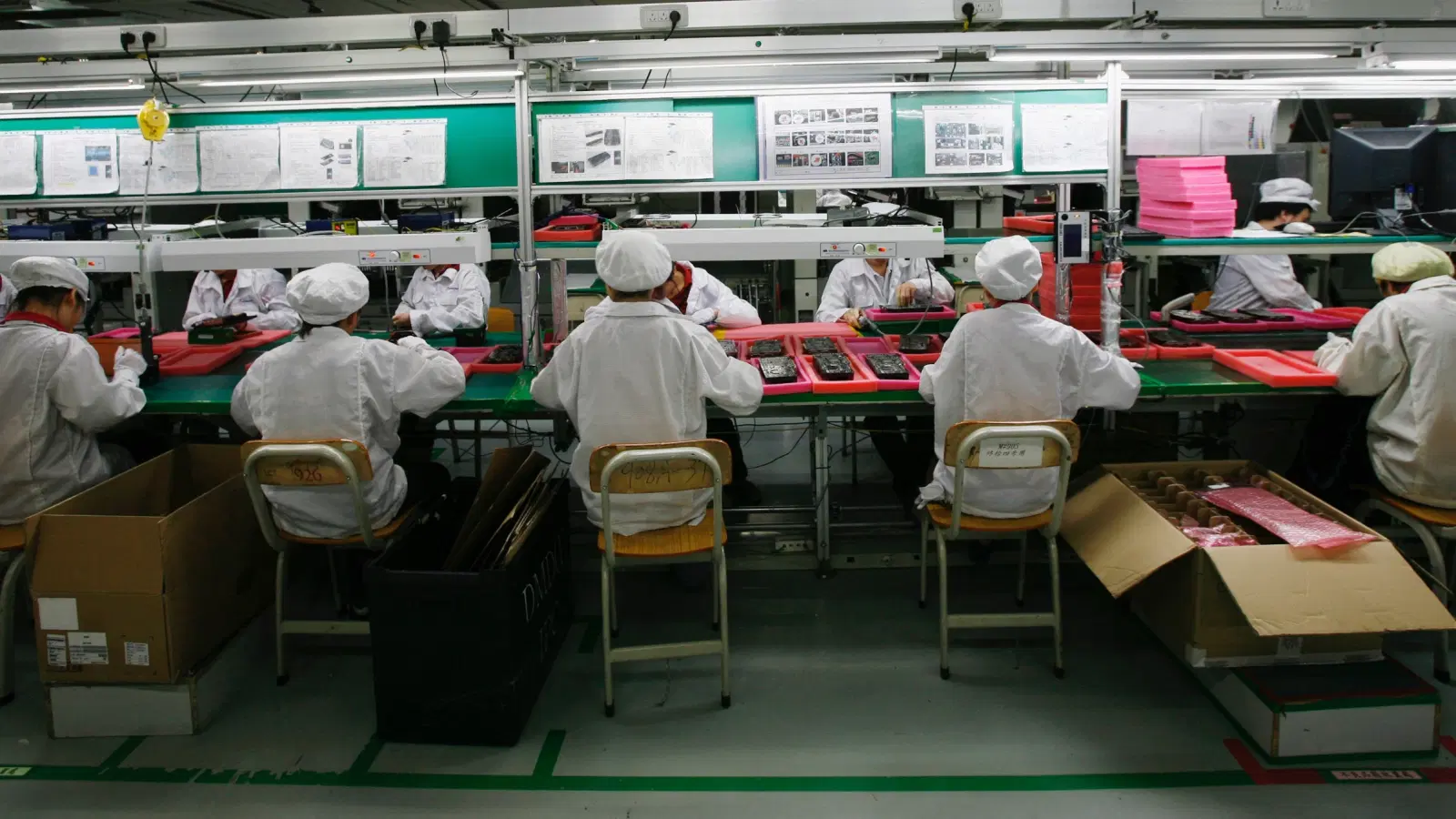The original title of the article in the Wall Street Journal of the United States on August 25: Chinese factories are experiencing "labor pain". As young people avoid factory work and more migrant workers stay at home, all parts of China are experiencing labor shortage. Global demand for Chinese goods has surged rapidly, but factories that produce all kinds of products, from handbags to cosmetics, say it is difficult to recruit enough workers.
Although there are few confirmed cases in China, some migrant workers are still worried about infecting new crowns in cities or factories. Other young people are increasingly inclined to higher income or relatively easy service industries. These trends are similar to the mismatch in the U.S. labor market: Although many people lost their jobs during the epidemic, some enterprises suffered from labor shortage. China's problems reflect longer-term demographic trends - not only pose a threat to China's potential long-term growth, but also may exacerbate global inflationary pressures.
Despite the increased demand, Yan Zhiqiao, who runs a cosmetics factory in Guangzhou, cannot expand production because it is difficult for the factory to recruit and retain workers, especially those under the age of 40. His factory offers an hourly salary higher than the market level and provides free accommodation for workers, but it still fails to attract young job seekers“ Unlike our generation, young people have changed their attitudes towards work. They can rely on their parents and have little pressure to make a living, "said Yan, 41." many of them come to the factory not to work, but to find boyfriend and girlfriend. ".
Just as factories are suffering from a labor shortage, China is trying to deal with the opposite problem: too many people are looking for white-collar jobs. The number of college graduates in China reached a new high this year, which economists say exacerbates the structural mismatch in China's labor market.
The reduction of workers has forced many factories to pay bonuses or raise wages, which has eroded profit margins that have been under greater pressure due to rising costs of raw materials and so on. The person in charge of Dongguan Asian Footwear Association said that with the delta virus epidemic sweeping other Asian countries, buyers have turned their business to China, and the orders of some Chinese factories have soared, which makes them more urgent to recruit workers through salary increase. "At present, it is difficult for many factory owners to accept new orders. I don't know whether they can make a profit.".

China's Rural Revitalization Plan in recent years may also bring more challenges to factories, because it creates new opportunities for farmers. In the past, people who went to cities to work can make a living closer to their hometown. In 2020, the total number of migrant workers in China decreased for the first time in a decade, by more than 5 million. Nearly one-third of the more than 100 workers in a fashion handbag factory in Guangzhou did not return to the factory after the Spring Festival, significantly higher than 20% in previous years“ We can hardly recruit any workers because many people no longer leave their hometown, and the epidemic has accelerated this trend, "said Helms, the Dutch owner of the factory. The average age of workers in his factory has increased from 28 years ago to 35 years old.
In 2020, more than half of China's migrant workers are over 41 years old, and the proportion of migrant workers aged 30 and under has decreased from 46% in 2008 to 23% in 2020. Experts say young people today have far higher expectations of what work can bring them than before, and can afford to wait longer.
Post time: Aug-27-2021
